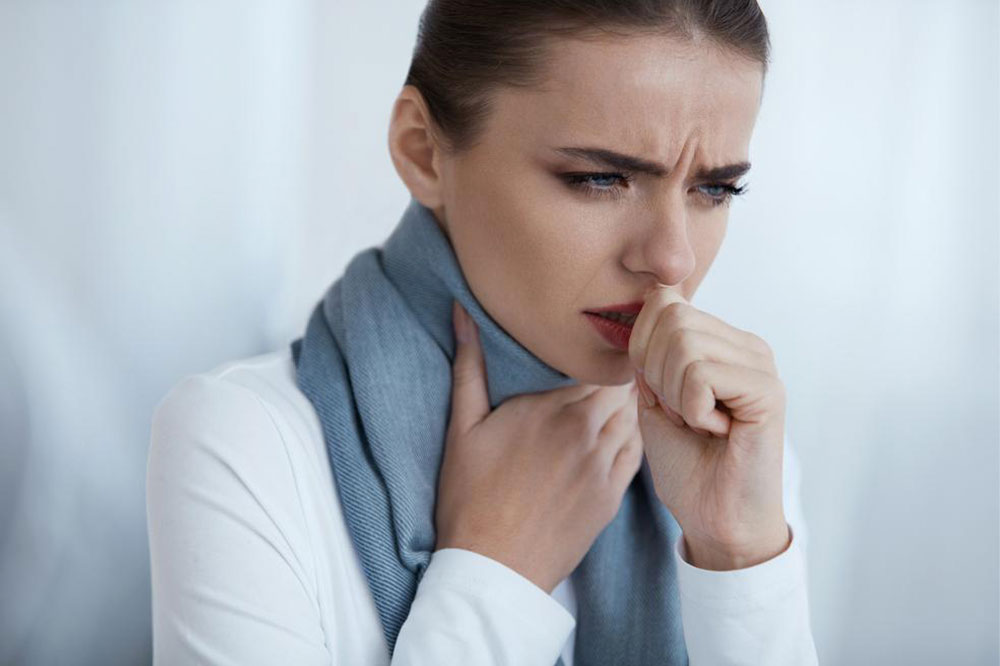8 common causes of itchy skin

Itchy skin is a common problem that can affect people of all ages. Skin problems are often the first indicators of various conditions affecting the body and its functioning. Healthy skin can be a consequence of a healthy body, while issues like itching and irritation can be brought on by various conditions and triggers. So, here are some of the common triggers of itchy skin to recognize and avoid, especially if one has sensitive skin:
Dryness
Dry skin is a common problem, but it can be difficult to tell whether one is experiencing dryness or irritation. Itching is often accompanied by redness when one’s skin is dry. If one experiences persistent dryness, one should speak to a dermatologist to determine the causes. Doctors may recommend testing for allergies and infections, as these conditions can contribute to itching. Itchy skin is a common symptom of many skin conditions. So, it is crucial to determine if the underlying is dryness or a serious health concern so that one can take the appropriate steps to treat the symptom and the cause.
Food allergens
Certain foods can cause itching, and food allergens that trigger adverse reactions in the mouth, lungs, and intestines can also lead to an itchy rash on the skin. Common allergens include milk, eggs, nuts (peanuts), tree nuts (walnuts), and seafood like fish, shellfish, crustaceans, and mollusks. Further, many people can be allergic to lobster, gluten (in wheat products and bread), soy, peanuts, and other legumes (beans). If one is affected by a severe food allergy, symptoms can be concerning and require immediate treatment. Milder food allergies can cause itching and symptoms such as hives, swelling of the lips and throat, and tingling in the mouth or the tongue.
Dust
Dust allergies are common, and one can have a reaction to household allergens like dust mites, pollen, and mold. Dust allergies develop when the immune system overreacts to a substance that is not typically harmful (say, dust particles) when it comes into contact with skin cells in the nose or mouth. The result is a reaction in which the body releases histamine—a chemical that triggers watery eyes, sneezing, or coughing—which can lead to itching or redness on the skin
Insect bites
Insect bites, in particular mosquito and bee stings, are a common cause of skin irritation. Mosquito bites can be itchy and uncomfortable, while bee stings can be extremely painful. Flea and tick bites can also cause itching in some people. Midges (also known as chiggers) are tiny insects that burrow into the skin till they reach the nervous system. The pests disrupt bodily functions with saliva secretions containing histamine-like substances called diamines. The substances stimulate nerve endings, causing itching or tingling sensations in the body. Further, having lice can also trigger irritation. Here, one can opt for preventive methods such as wearing long-sleeved shirts when outside on sunny days, as pests can thrive in warmth and humidity. One should also opt for products like mosquito repellents, nets, and pest control to avoid or eliminate infestations.
Dermatitis
This is a skin condition that is characterized by inflammation and can be triggered by irritants such as wool and perfumes and other triggers like stress, allergies, and infections. Conditions like psoriasis or eczema can also cause dermatitis; being affected by an underlying medical condition such as thyroid disease can trigger dermatitis flare-ups. A common symptom of dermatitis is itchy skin and rashes. When affected by the condition, doctors may recommend treatment options like creams and ointments that can help relieve the itching.
Plant allergies
These are common causes of skin irritation and can be triggered by coming into contact with allergens like poison ivy, oak, and sumac. Here, the allergic reaction can appear as an itchy rash on the skin after touching the plant. One can also experience hives, redness, swelling, rashes on the face or the body, and even blisters. The rash may look like a cluster of red bumps that may swell and form blisters. One’s skin may become swollen, red, and itchy when experiencing an allergic reaction.
Soaps
Many products contain chemicals and other ingredients that can irritate one’s skin. The most common irritants are found in products like shower gels, soap, shampoos, and cleansers. If one experiences irritation when they switch to a new product, they should avoid using it immediately and opt for a fragrance-free, natural alternative. One could choose handmade soaps made from essential oils or coconut oil, which have been shown to reduce inflammation, handmade body wash made using a natural soap for gentle exfoliation, and oil-based products like olive oil for hydration without leaving a residue that can cause itching. One can also try a homemade body wash made using essential oils or coconut oil that will gently exfoliate the skin and make it feel soft. If affected by dermatitis, choosing a product free from fragrances and artificial ingredients like preservatives is crucial.
Wool and perfume
The most common triggers for itchy skin are wool and perfumes. Wool is a natural material, but it can irritate sensitive skin. Fragrances are also common triggers and can irritate the skin, especially when it is broken or dry. Other common irritants are materials like synthetic fabric and dyes used in clothing and detergents that contain harsh chemicals like sodium lauryl sulfate (SLS). Further, certain detergents can contain irritants like dyes and bleach, making them trigger itching.
So, many irritants and allergens in one’s food, clothes, skincare products, and detergents can result in itchy skin and other problems. One should opt for bleach-free laundry detergents and check the label for ingredients to avoid when buying soaps, food products, hygiene products, and cosmetics. Further, certain conditions can also trigger irritation and require immediate treatment. One should consult a doctor to get a customized treatment plan to relieve persistent symptoms like itching, redness, irritation, and other kinds of discomfort.


